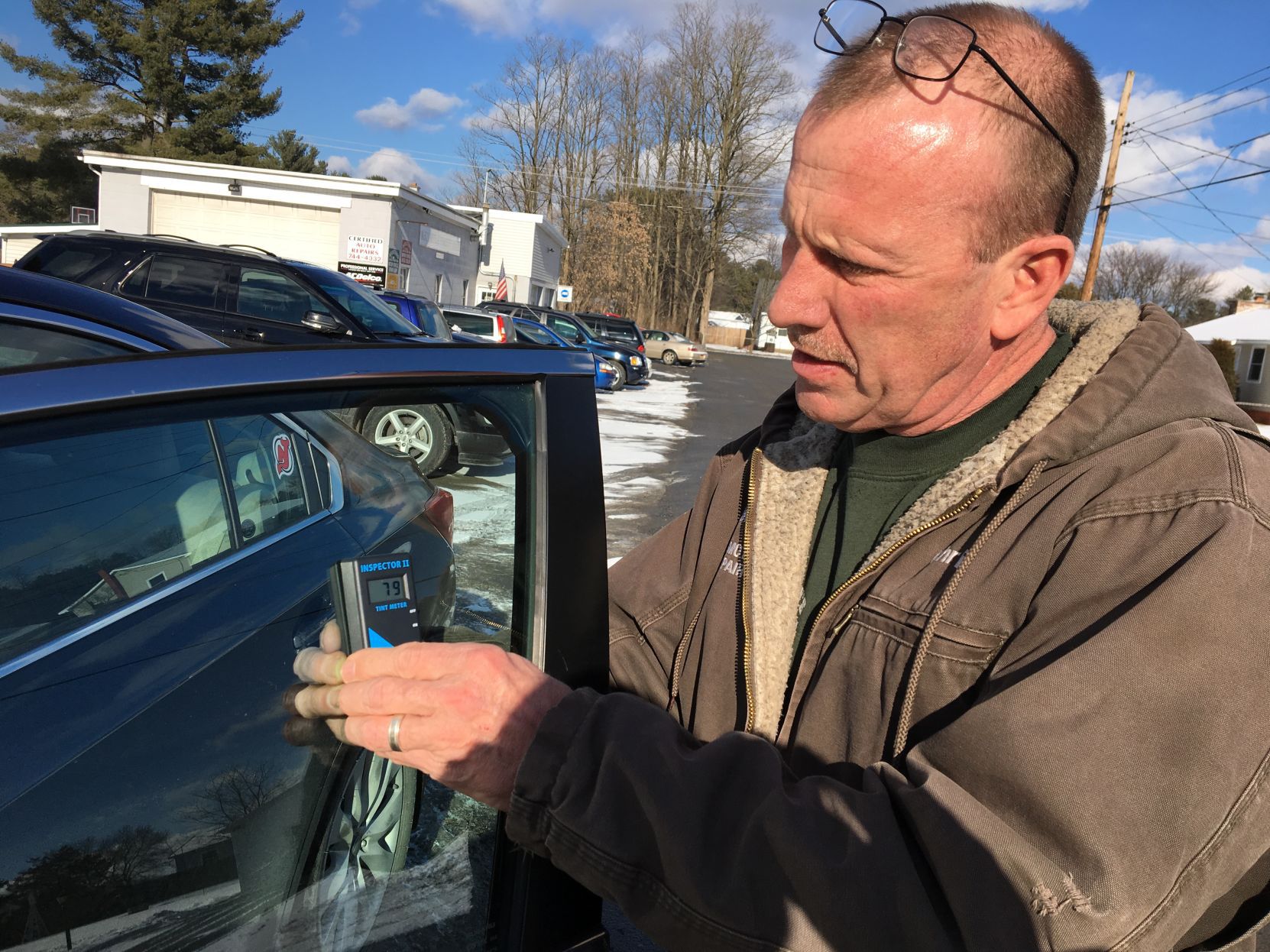
This means that the tint can only reduce light transmission by up to 20%. In Nevada, window tints that are 20% and below are legal. All other requirements such as stickers and labeling indicating manufacturer information, state law compliance etc., need to be met in order for the tinting installation to meet legal standards.
Nevada tinted window law windows#
It should also be noted that all windshields must allow 70% of light to pass through and any side mirrors must have a minimum reflectivity of 50%.įurthermore, rear windows are not required to have any type of tinting but if they do it must still adhere to the 35% VLT rule. This means that no more than 35% of visible light can pass through the window film. In Nevada, the darkest legal tint allowed is 35% VLT (Visible Light Transmission) for both front and rear windows.

Conclusion What is the Darkest Legal Tint in Nevada?.Can You Tint Your Front Windshield in Nevada.What is the Darkest Legal Tint in Nevada?.The law states that your front windshield must allow more than 70% of light through, while the rear windshield may not exceed 50%.Īll other windows must let at least 35% of light through and cannot be more reflective than 20%. It is important to be aware of the window tint laws in Nevada before you tint your vehicle’s windows, as there are strict regulations on how much darkness and reflectivity they can have. In Nevada, it is illegal to tint your car windows beyond a certain point. Window film manufacturers must place labels indicating compliance with these regulations on each roll they produce or sell in Nevada.ĭrivers who fail to abide by Nevada’s window tinting laws may be subject to fines or other penalties as determined by local law enforcement officers.

Additionally, all window tints must meet color requirements red, amber or purple are not allowed in any location on the vehicle’s exterior. For passenger vehicles with factory-tinted windows, the maximum VLT is 18%.Īll other types of vehicles may have up to 8% VLT on their front side and back side windows.

The state allows a minimum Visible Light Transmittance (VLT) of 35% for both the front and back side windows, and a minimum VLT of 25% for rear windshields. In Nevada, car window tint laws regulate the amount of light that can pass through vehicle windows.


 0 kommentar(er)
0 kommentar(er)
